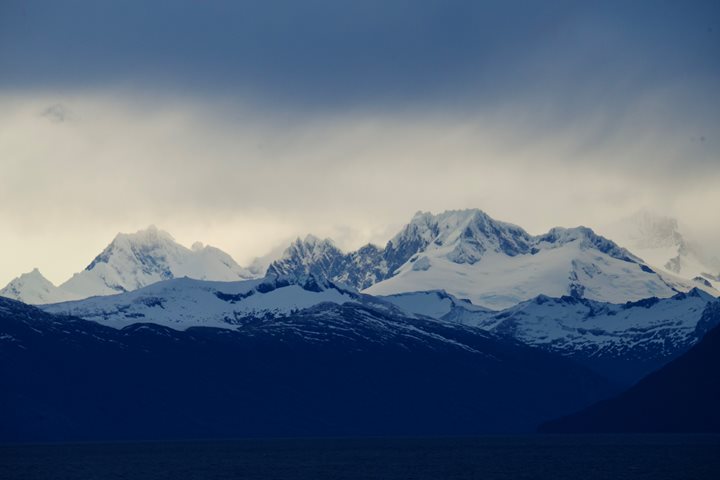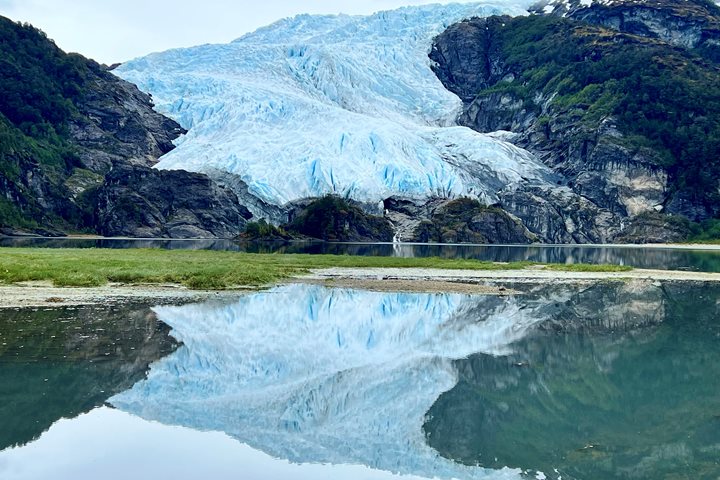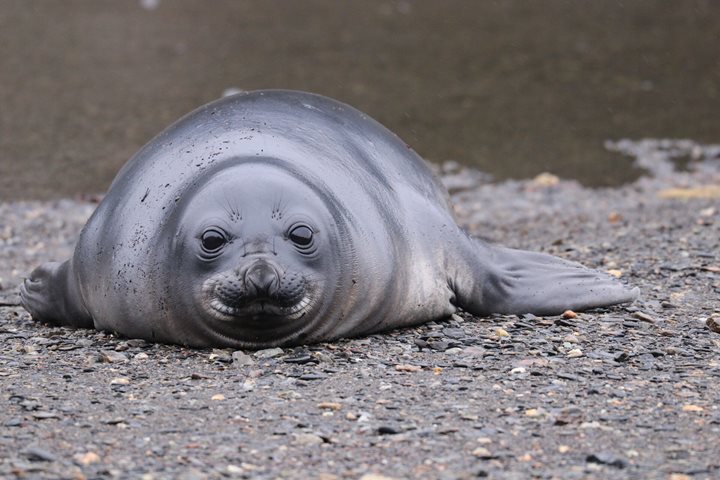Darkness still engulfed the ship as we approached the lights of Castro, the largest town on Chiloé Island. Quietly the captain and local pilots brought the ship alongside the pier in the center of the town. A slight drizzle, cool temperatures, and overcast skies with light wind started the day. Disembarking right after breakfast we had two options for the morning’s activities. One group headed to the south of the island before crossing to the outer coast to visit the Chiloé National Park. The other group went to the north of the town for a more cultural experience, and to see some of the island’s landscapes. Both groups would return for a slightly late lunch in the early afternoon.
Chiloé is the second largest island in Chile and at over 3,000 sq. miles in size is roughly the size of Puerto Rico. It is a unique site rich in cultural and natural history. During one excursion, a group went for a drive through the countryside to learn about the people and the history of the island. Over 150 wooden churches dot the various villages and towns of the island, and many of these unique structures are listed as UNESCO World Heritage Sites.
Jesuit missionaries arrived to the islands at the turn of the 17th century to convert the locals’ religion. However, in 1767 the Jesuits were expelled and Franciscans replaced them. Today their churches are architectural wonders as each one is quite different in structure and appearance.
The other option for the day was to see a little of the church history and then drive to the south from Castro to visit the national park, which stretches along the western side of the main island. Because the recent weather had been quite wet and stormy, the trails were a bit muddy in places. Two groups were organized and one went to the coast over a slightly drier and less muddy trail. The other group slogged through a few very wet areas on a trail that went through some of the forested inland parts of the park. Returning to the park entrance both groups were refreshed by some local sweets and hot drinks. On the return to Castro this group stopped by an unusual cemetery where the sites were essentially small houses similar to what the deceased people lived in. There was also a quick photo stop to see the palifato or stilted homes that sit along the shoreline above the tidal flats of the island, which are extensive considering there is a 23 foot tide in the area.
By afternoon the clouds had parted and the sun was bright as we cruised by some of the other islands that make up Chiloé. A few people enjoyed the passage and sunshine from the bow and spotted a number of species of seabirds. Then, late in the afternoon the ship anchored off the mainland and spent the evening with star filled skies off the coast near tomorrow’s destination. Also at cocktail hour, we were introduced to the ship’s officers by the captain.







